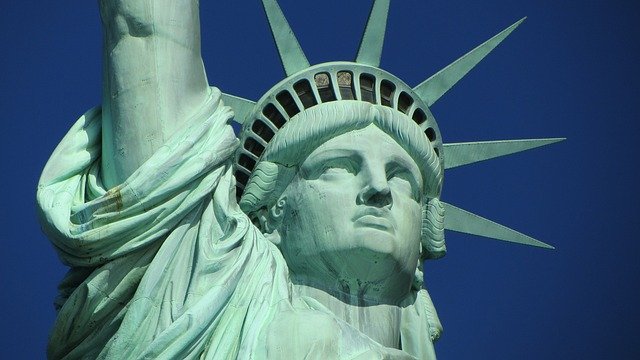The United States has seen itself as a sort of Western Hemisphere police officer ever since the 1820s. The Monroe Doctrine was developed by President James Monroe and Secretary of State John Quincy Adams in response to the potential reconquest of Spanish possessions in Latin America. This declared that colonization was not permitted in the Western Hemisphere, that the United States would not engage in European matters, and that any attempt to tamper in the internal affairs of a Western Hemisphere nation would be seen as hostile. The United States viewed itself to be the protector of the Americas because no European nation followed through on its threat of reconquest (more so due to British threats than American ones).
The Roosevelt Corollary, which was inserted by President Theodore Roosevelt, declared that the United States will take preventive measures to keep Europeans out of Latin America. President Franklin D. Roosevelt established the Good Neighbor Policy in 1934, promising to respond to any invasion and reserving the right to become involved when regional unrest endangers American lives or interests. With or without that hesitation, the US has frequently sent troops into Latin American nations to defend its economic or geopolitical interests or to assist friendly governments facing internal uprisings.
In 1891, American naval forces were dispatched to Chile to compel Chileans to pay the U.S. government compensation after Chilean servicemen were murdered in a riot. It appeared to be extortion to several Latin American countries, but none of them were in a position to oppose the action. In the middle of the 1890s, the United States offered to mediate a border dispute between Venezuela and British Guiana. At first, Venezuela invited the United States to defend them from British claims to gold fields, but when the American mediators sided with British claims, the Venezuelans refused to follow the ruling.
The Dominican Republic
The Dominican Republic has previously received military assistance from the United States. The United States and the Dominican Republic signed a contract in 1907 for the collection of Dominican taxes and customs. William Taft, the president, dispatched troops to the island to overthrow a corrupt official and supervise fresh elections. A short while later, American troops returned to the island to defend it from any potential German attempts to set up a naval station there during World War I. To preserve internal security, however, President Woodrow Wilson sent troops to the Dominican Republic. Caribbean island states continued to experience political instability, despite the fact that Cuba and the Philippines appeared to be making progress toward democracy.
El Salvador
Before the 1970s, when reform movements rose against a coalition of the upper class and the military, the United States had little interest in El Salvador. Carter halted U.S. aid after the military started using death squads to put down the uprising. In 1979, moderate military leaders sought to enact reforms by mounting a coup, but they were unsuccessful. Jose Napoleon Duarte attempted to calm both the radical right and left in 1980 after his return from exile. But as time went on, he had to rely more and more on the military, and eventually the repression started up again.
Nicaragua
More American interference has likely occurred in Nicaragua than any other Latin American nation. The United States took action to secure an equitable share after learning that Britain had secured potential rights to a canal site in the 1840s. In 1848, Cornelius Vanderbilt persuaded Nicaragua's government to grant the United States the permission to transship goods across its territorial seas. After one of Vanderbilt's employees killed a Nicaraguan, there was a local uprising that led to an American bombardment of Greytown's port. American interest in Nicaragua was rekindled in 1855 with the entrance of William Walker, an idealistic reformer.

References:
Collins, John, America’s Small Wars
(Washington, DC: Brassey’s, 1991); LaFeber, Walter,
The American Age (New York: Norton, 1989);
Smith, Gaddis, The Last Years of the Monroe Doctrine,
1945-1993 (New York: Hill & Wang, 1994).
Posted using Proof of Brain
